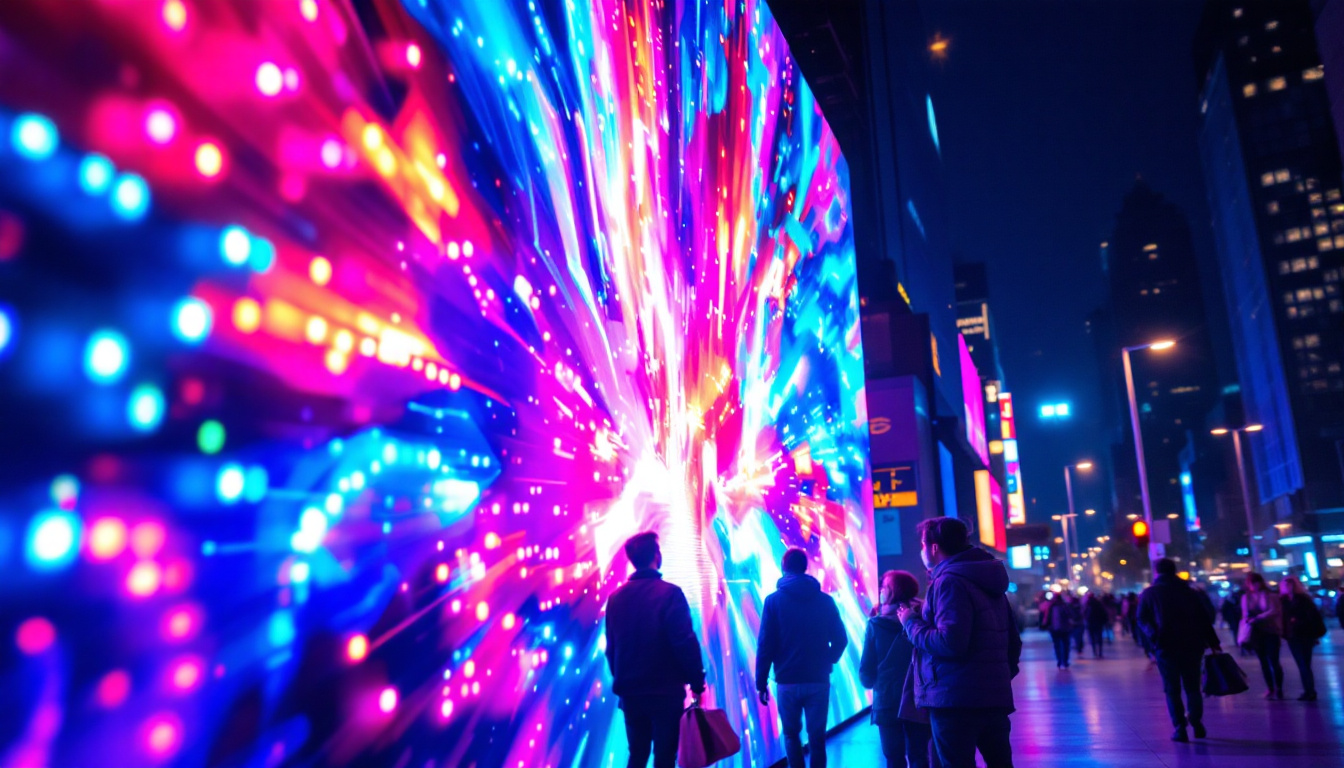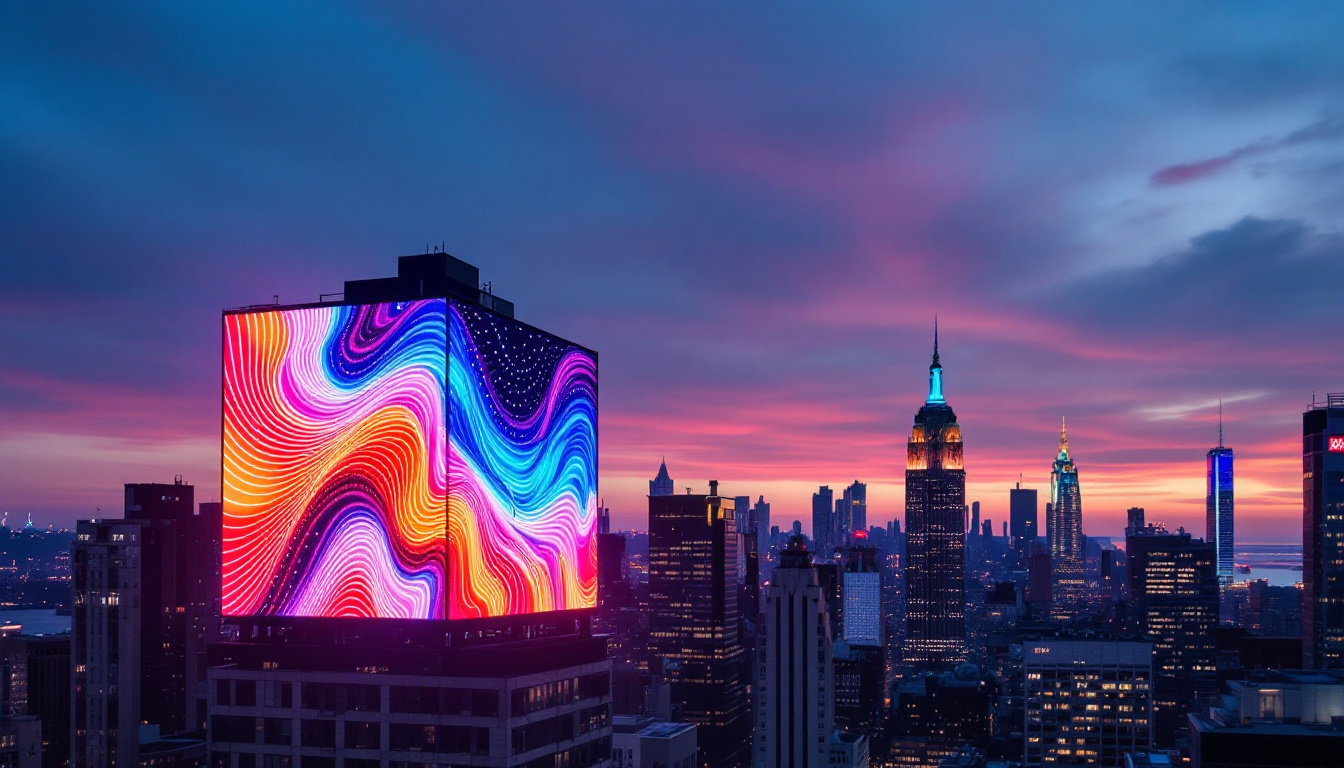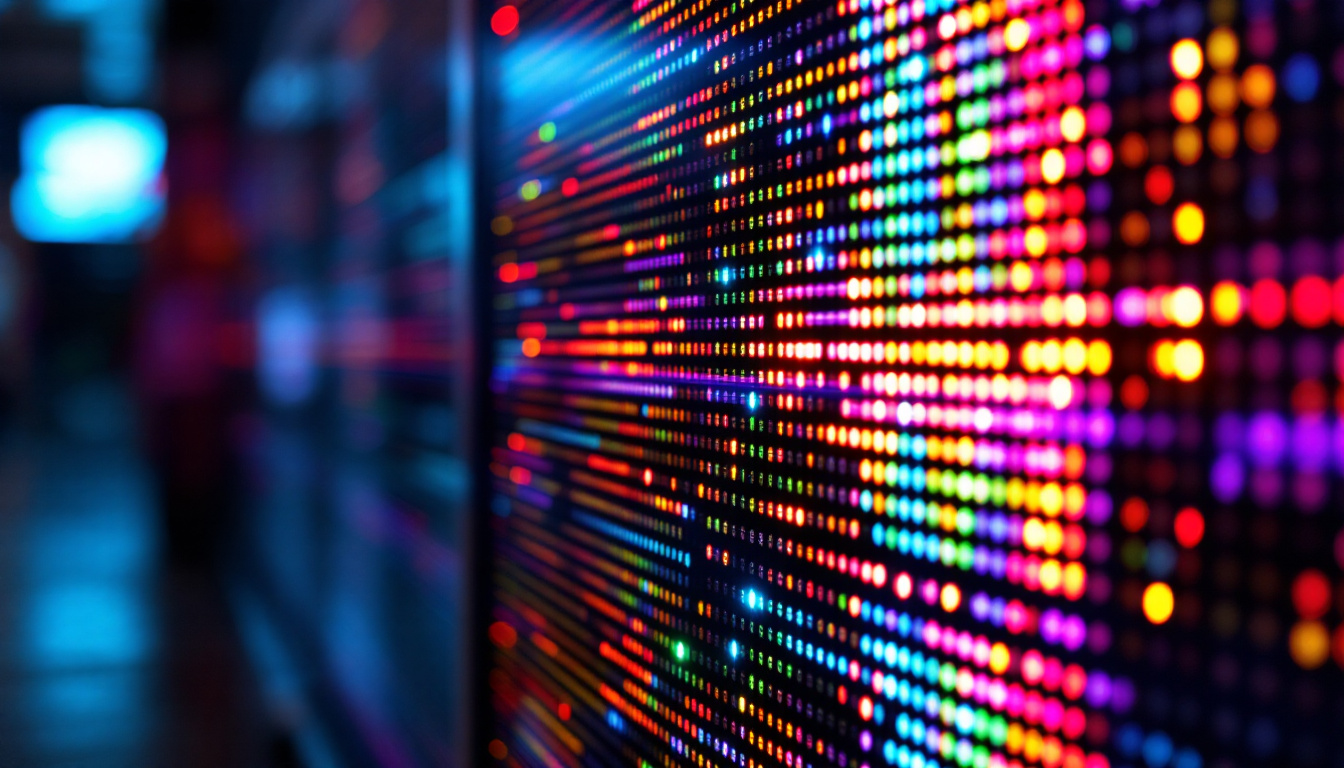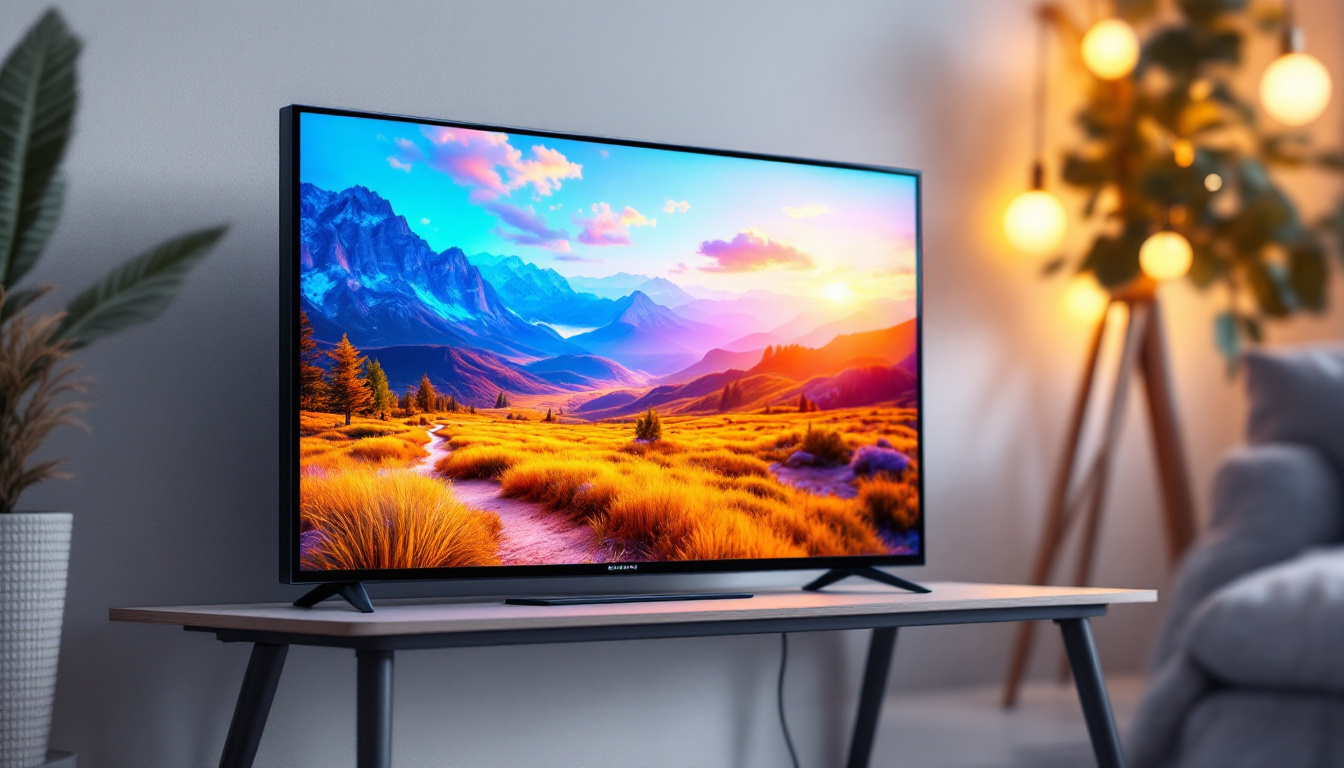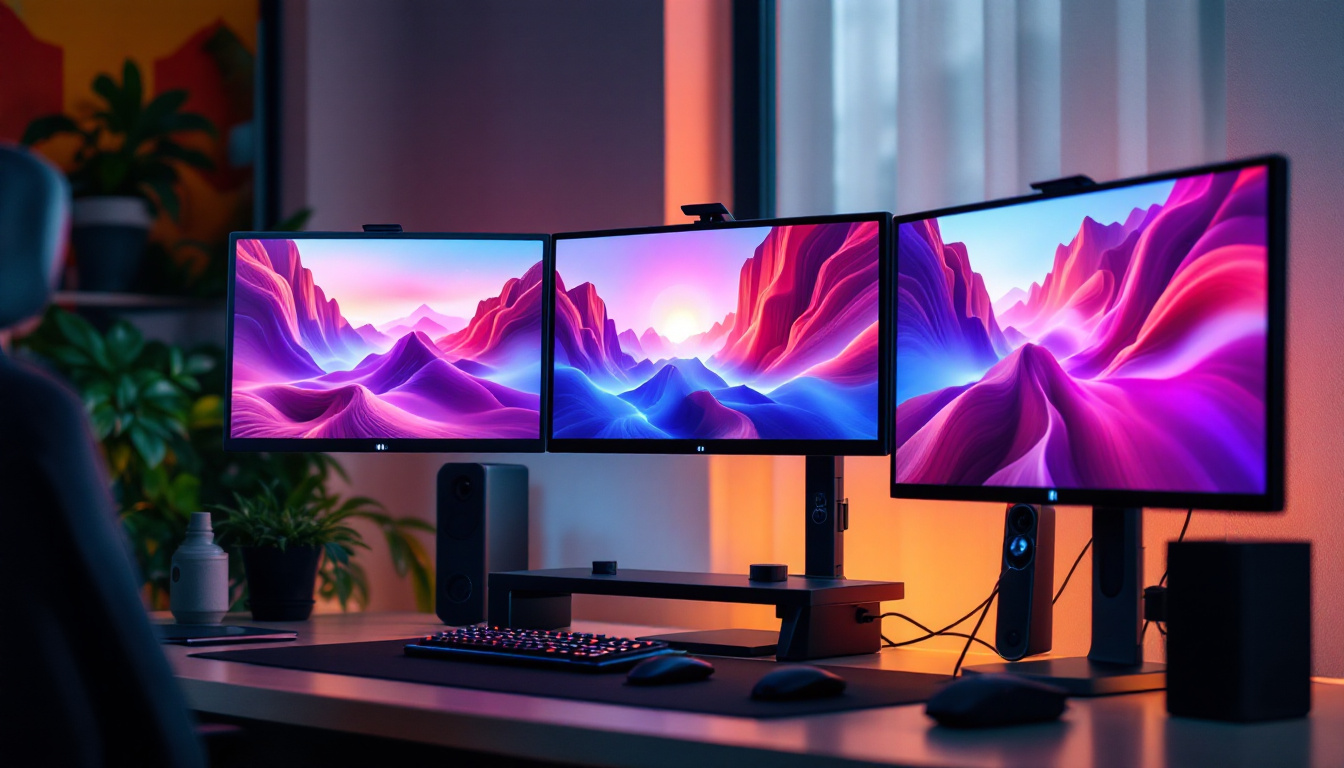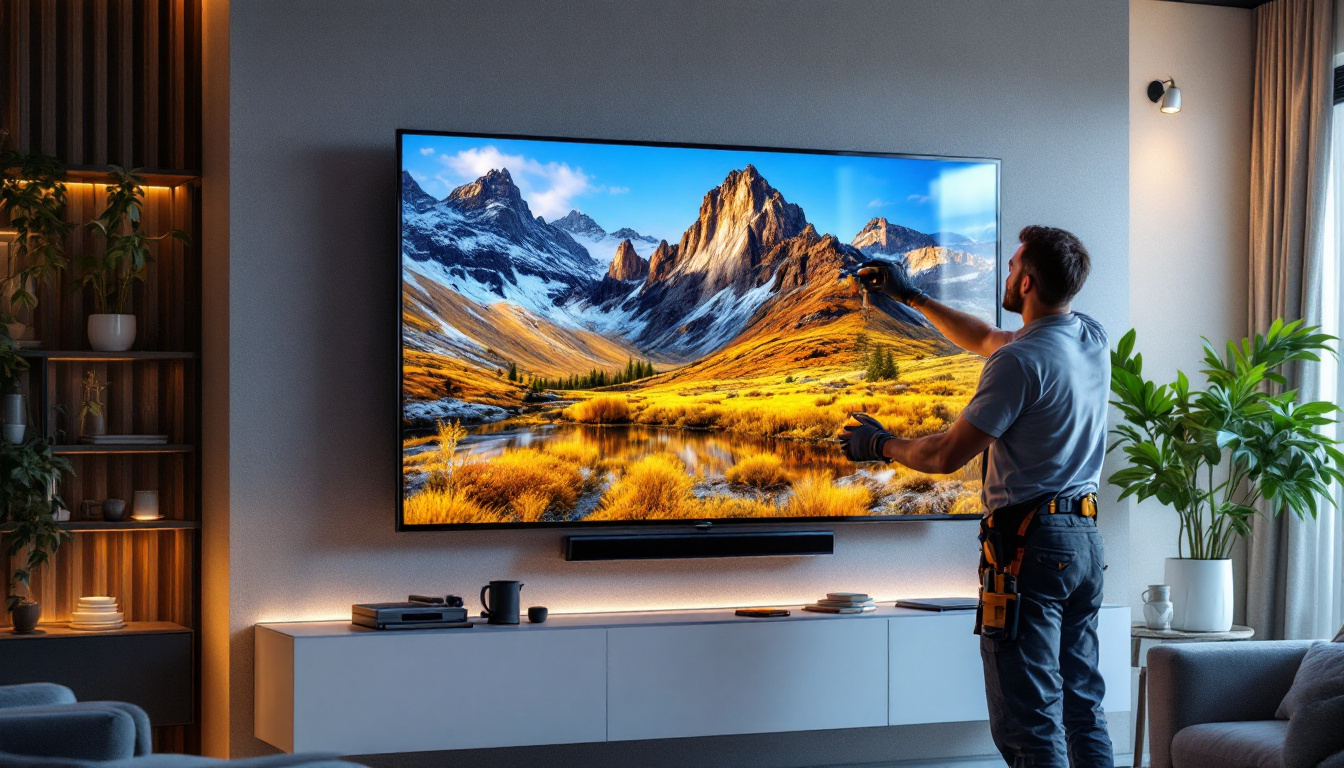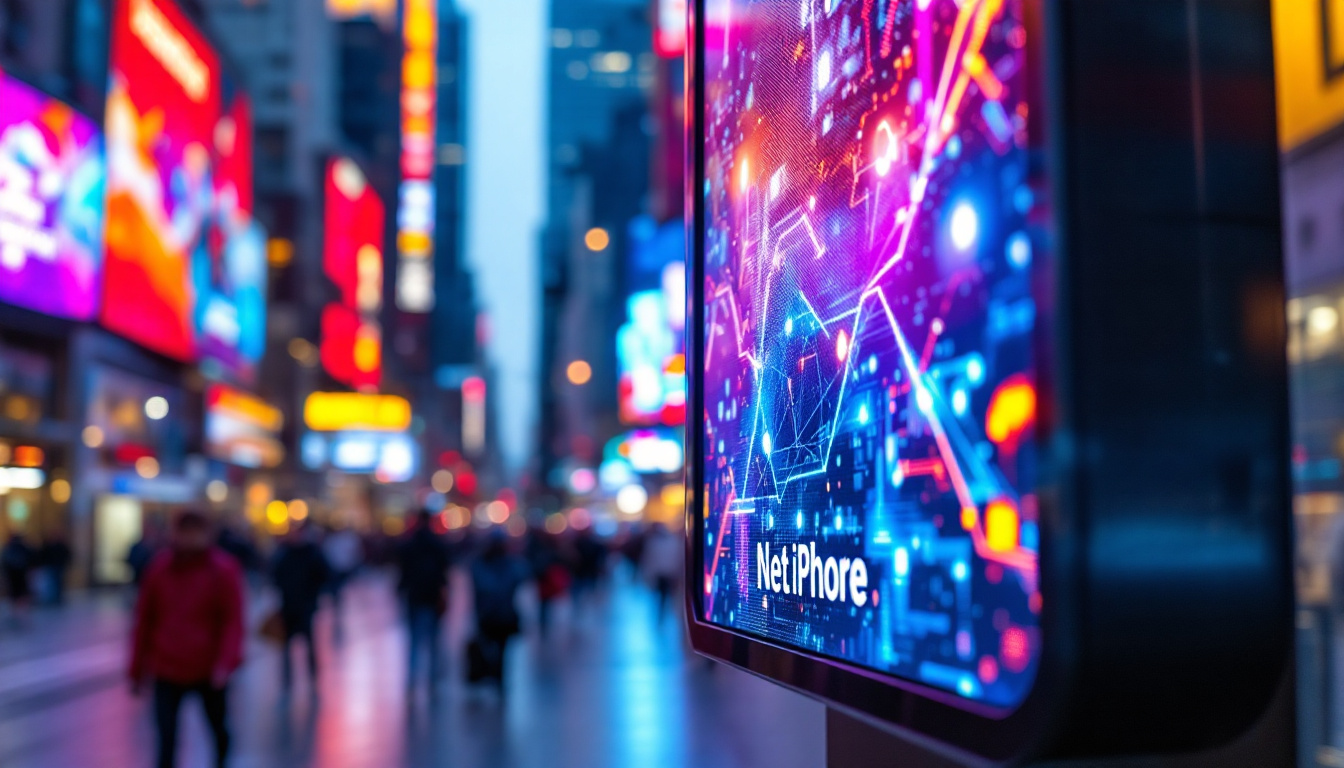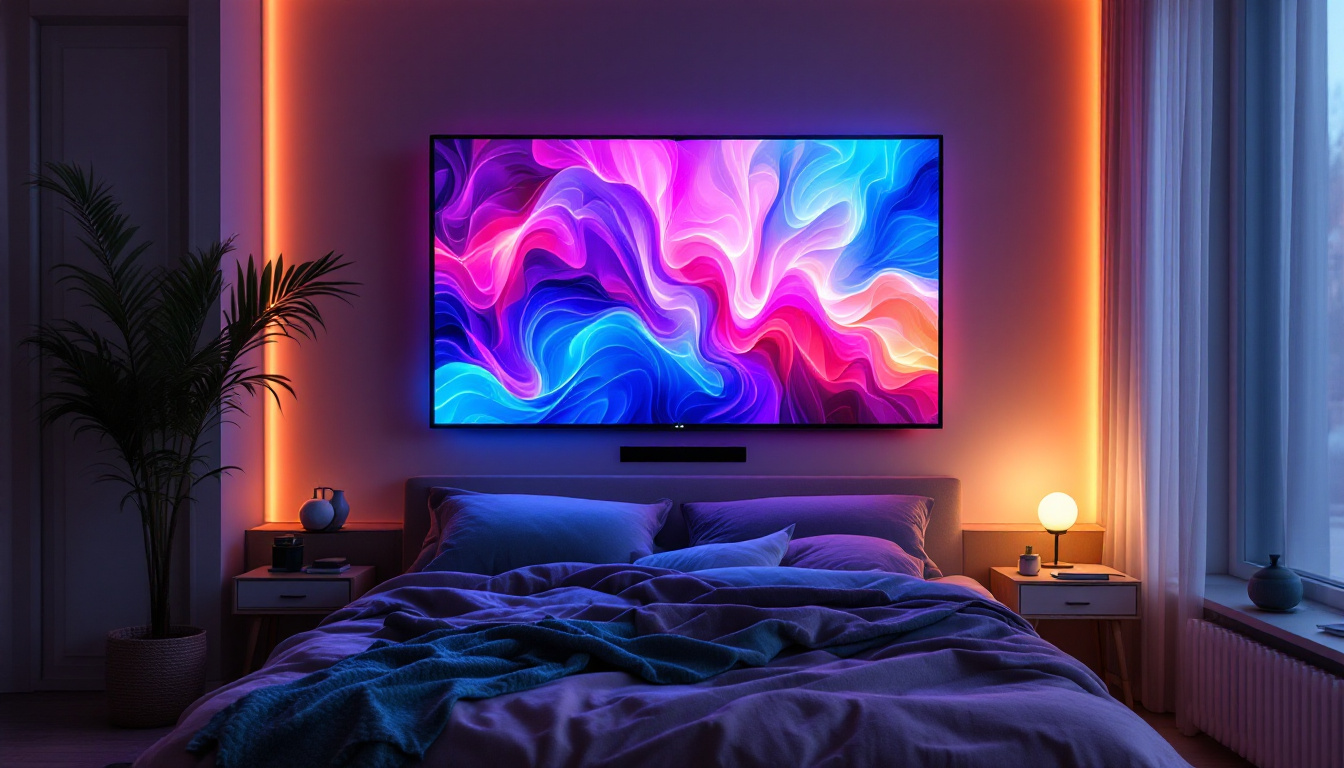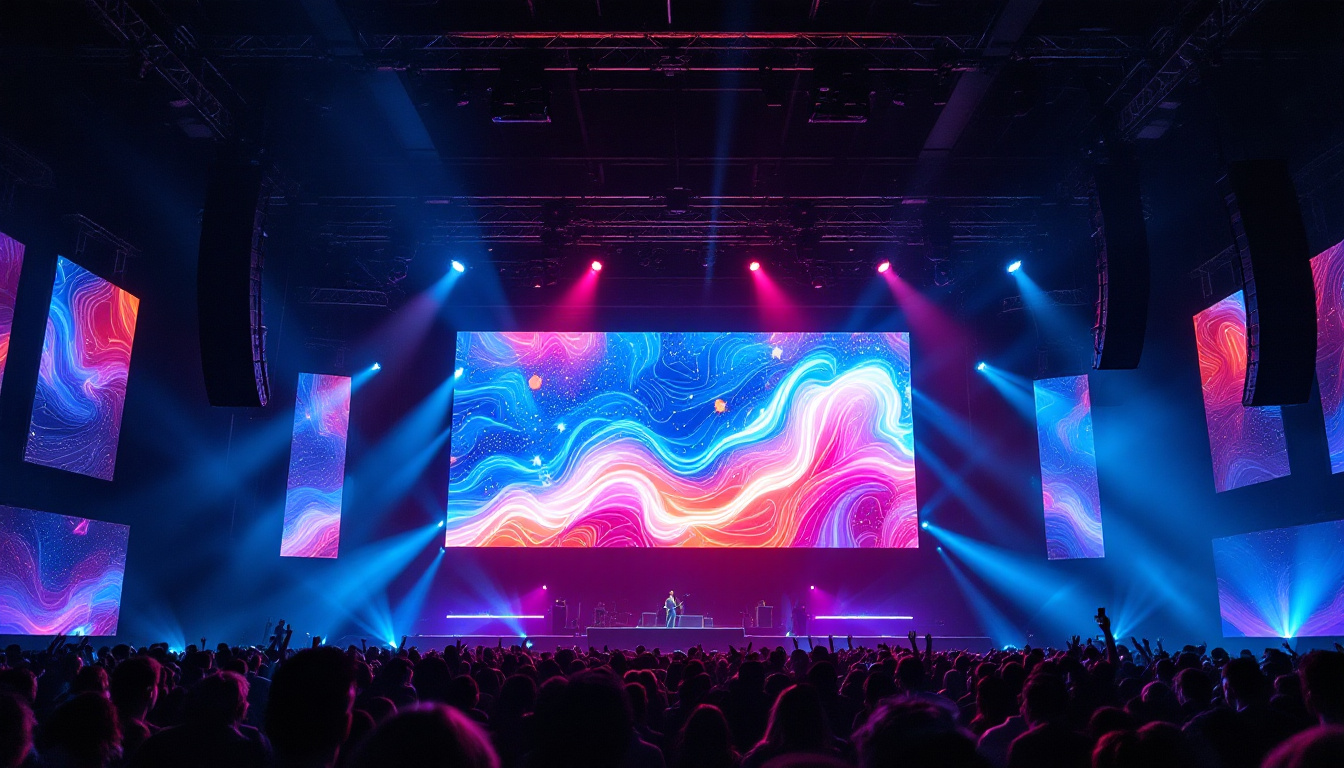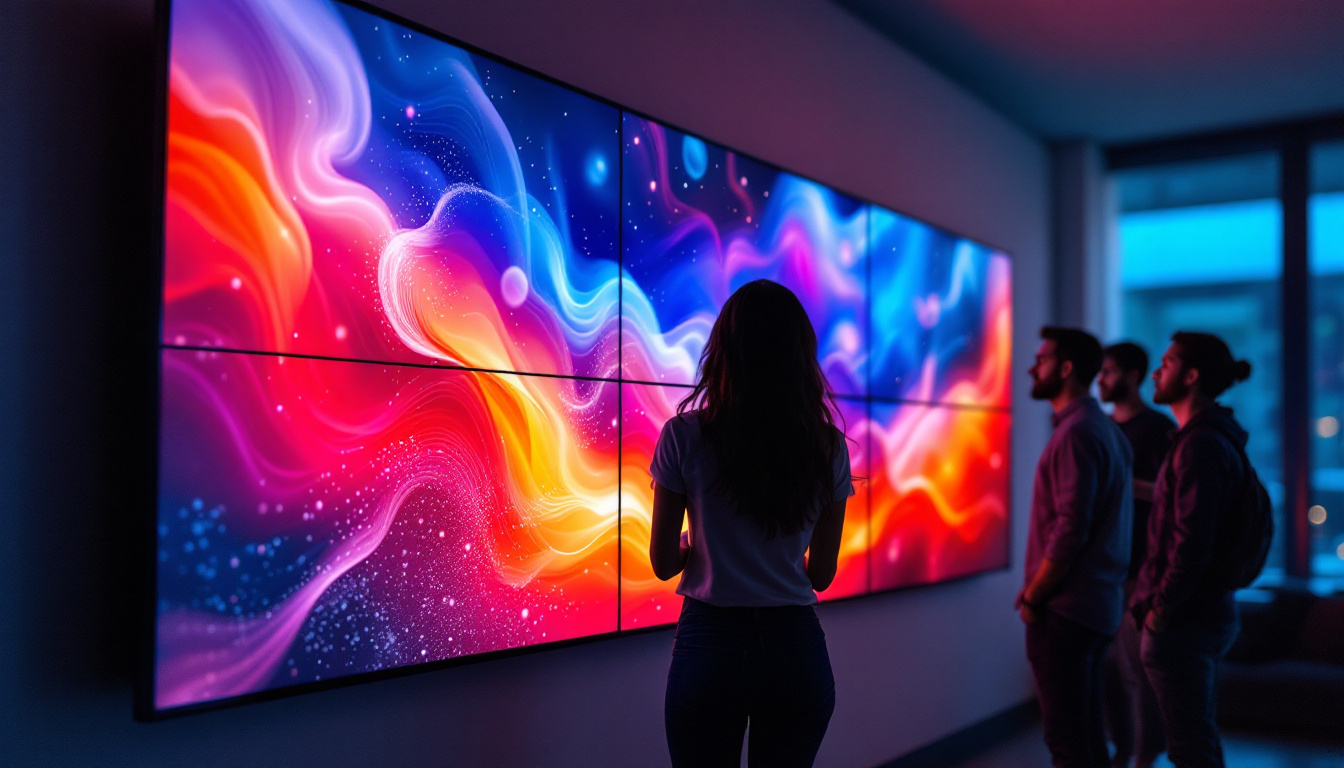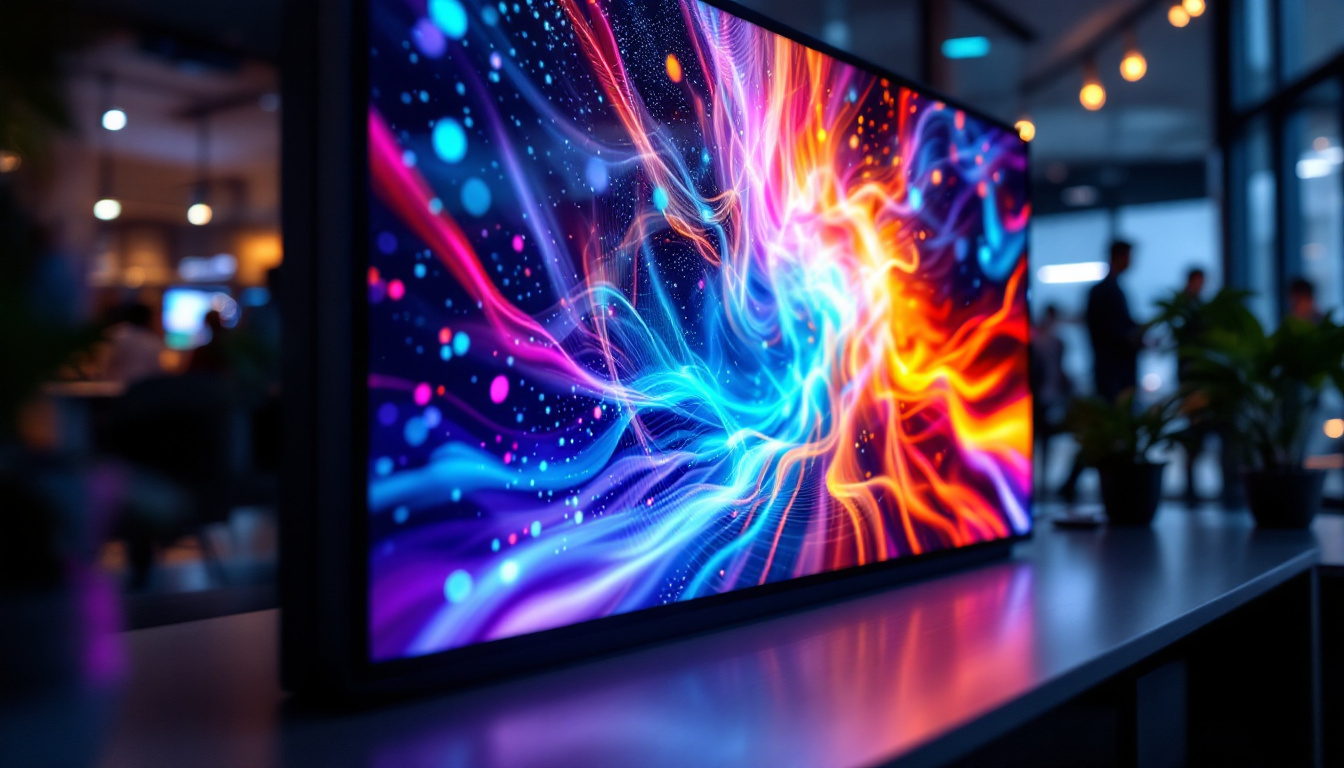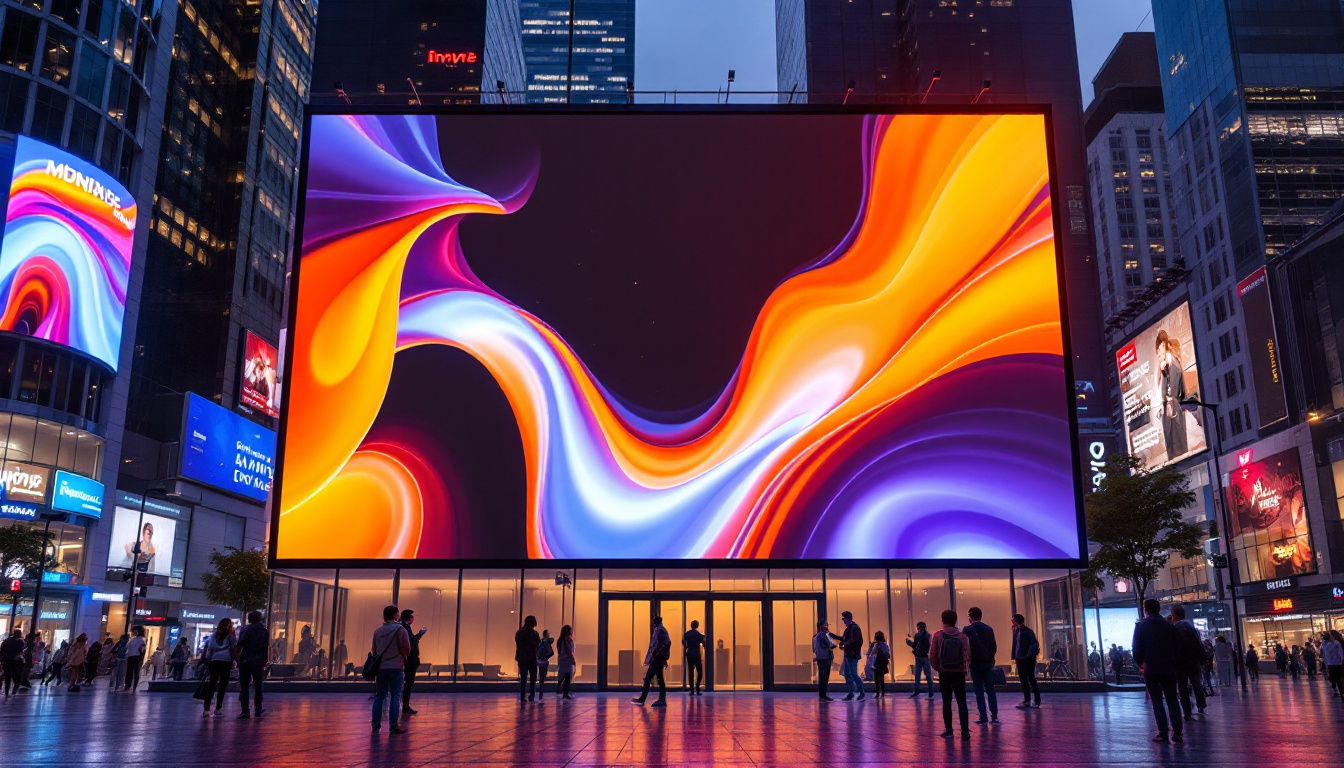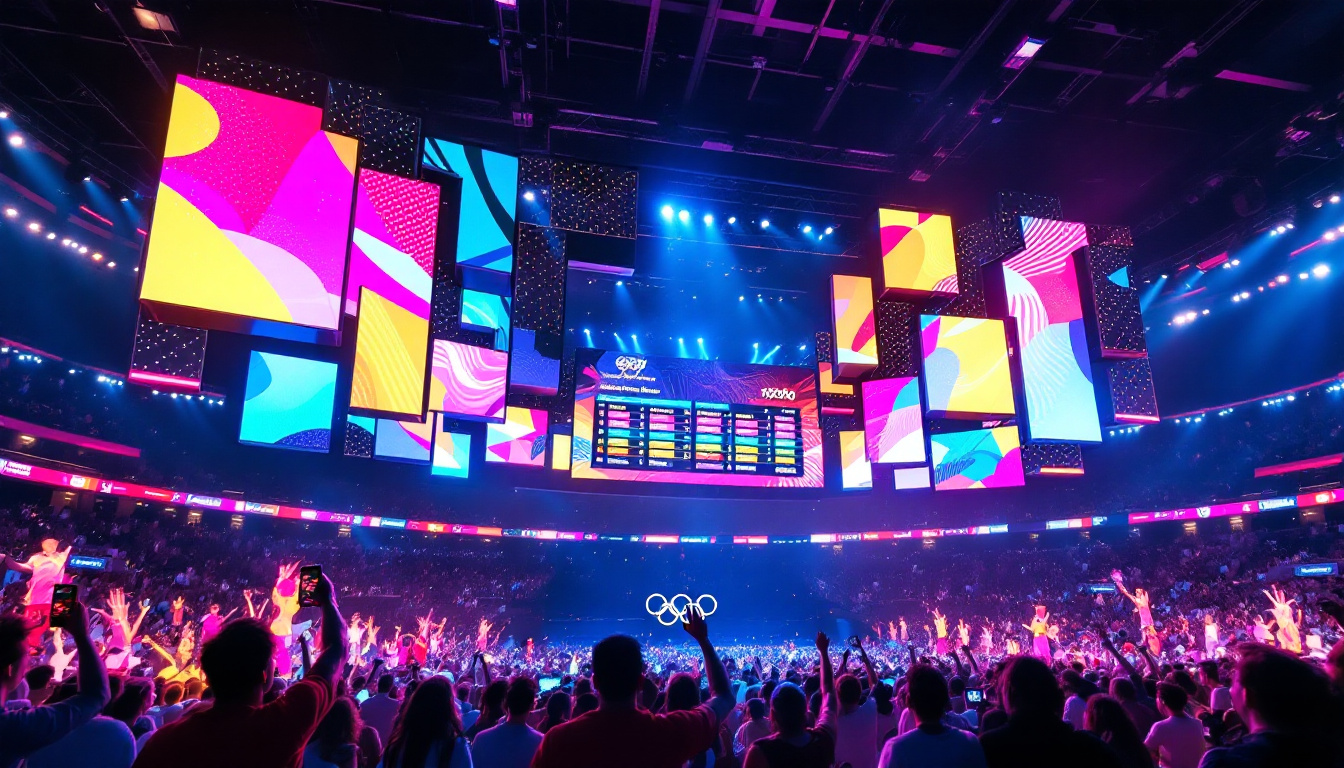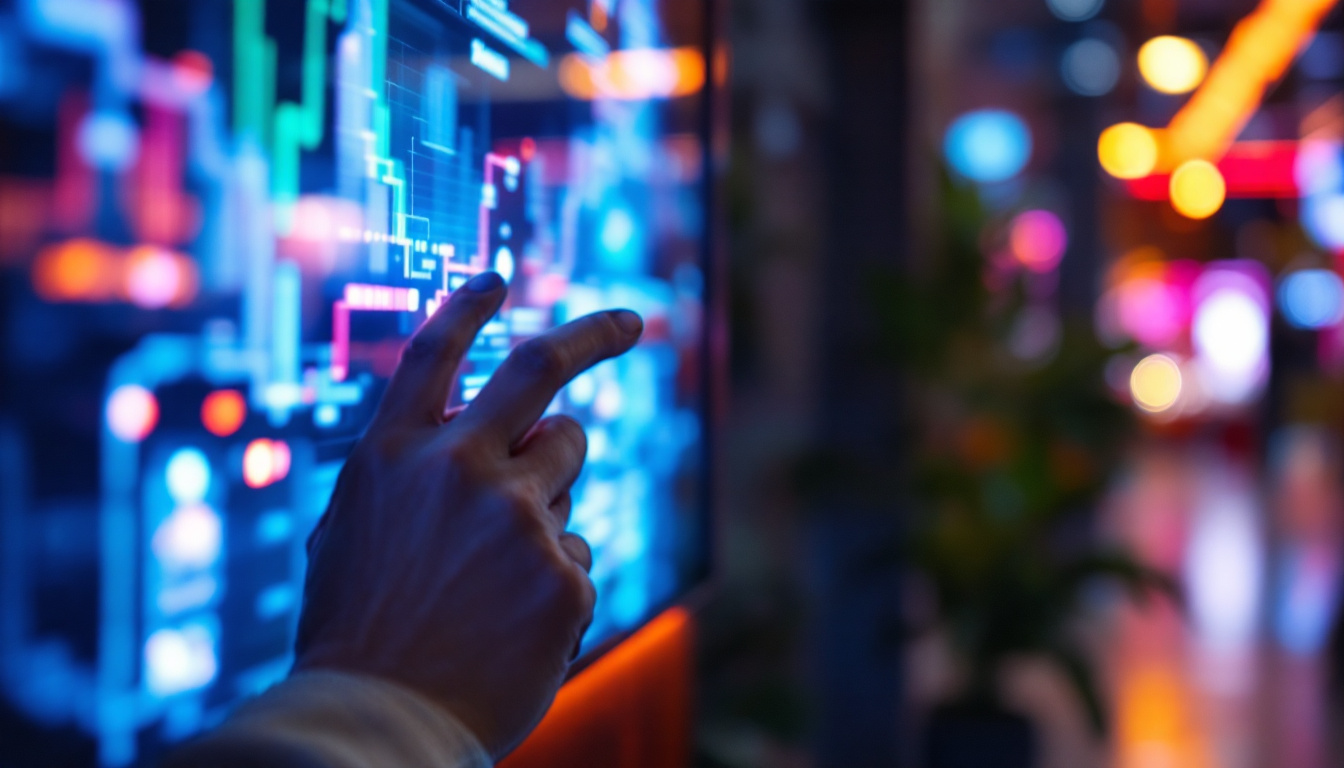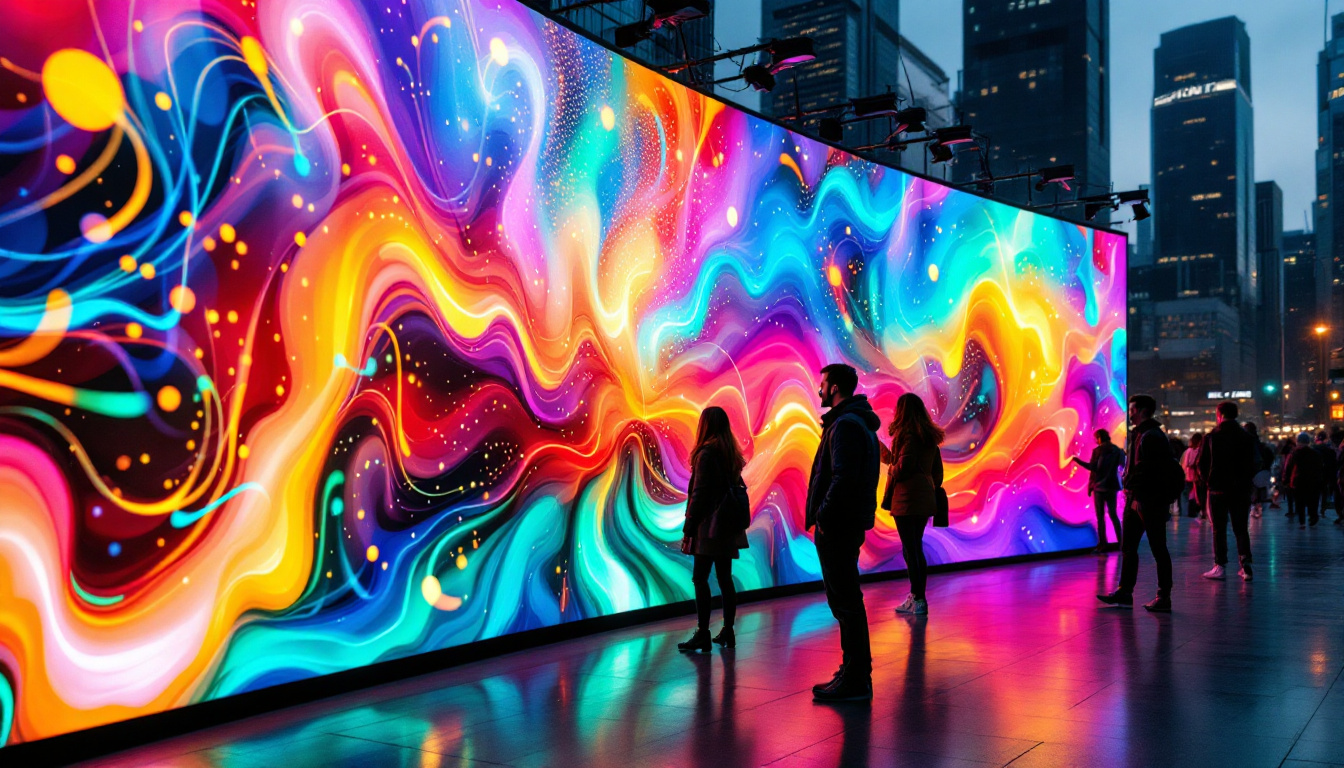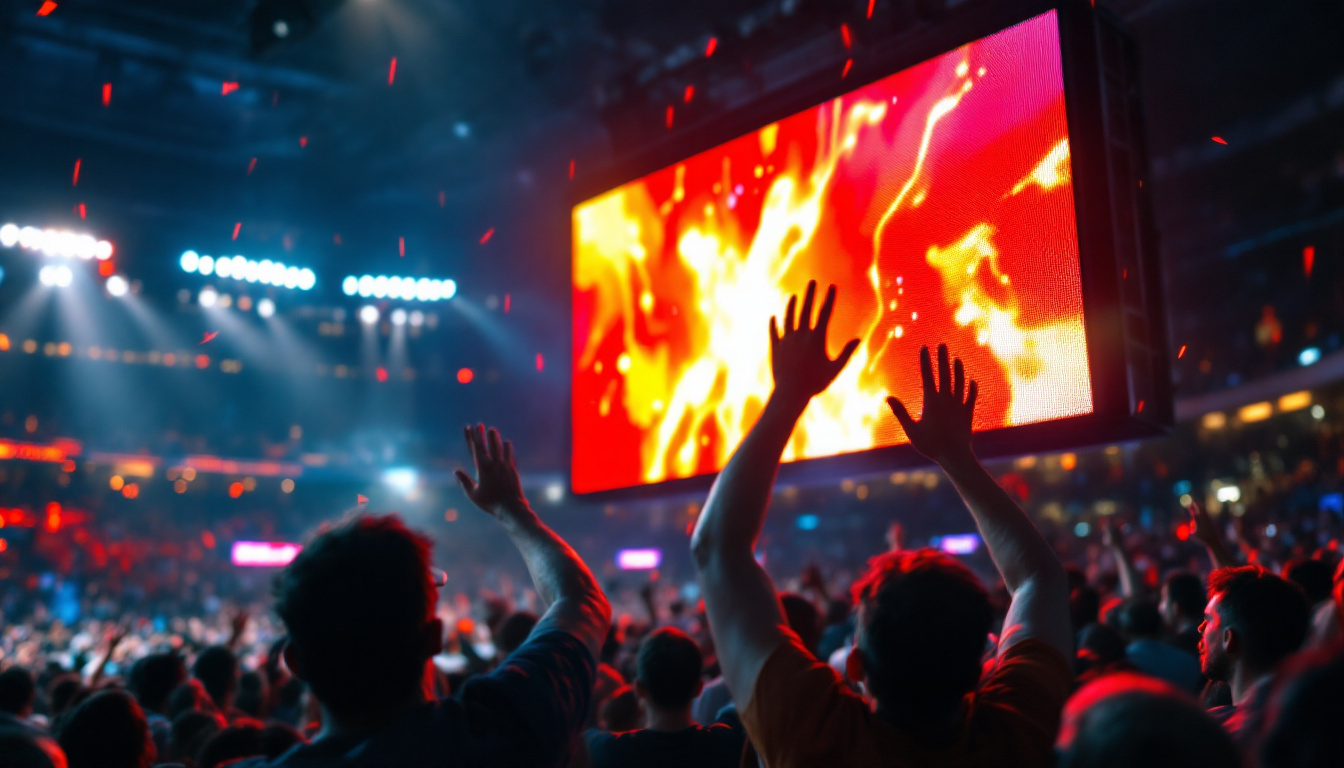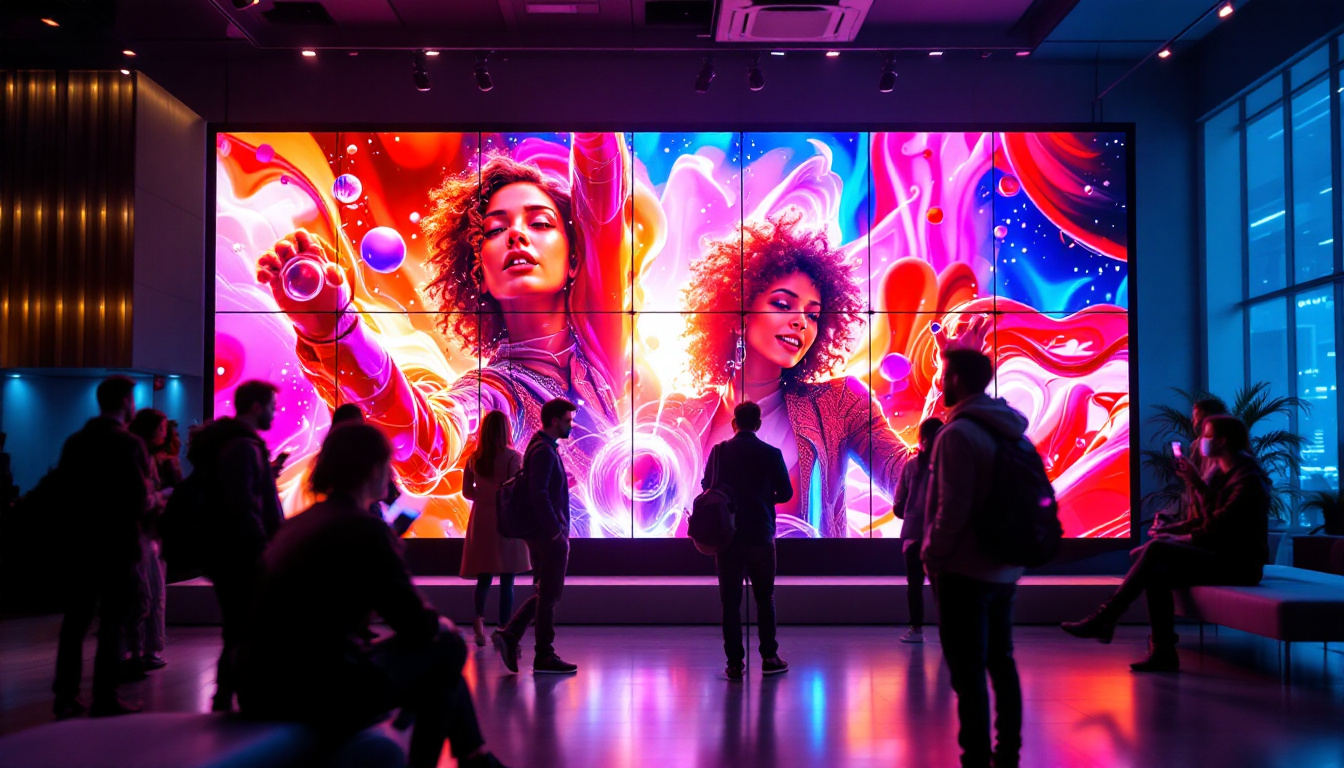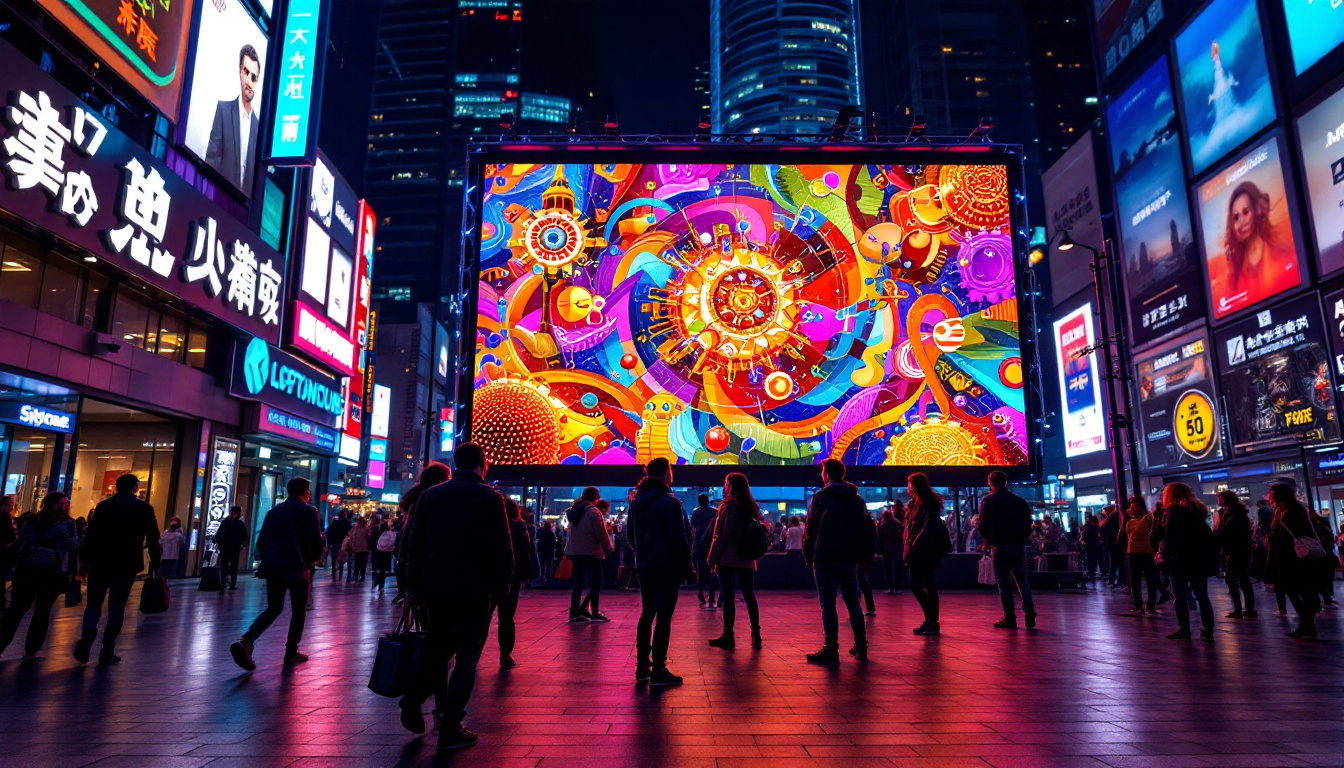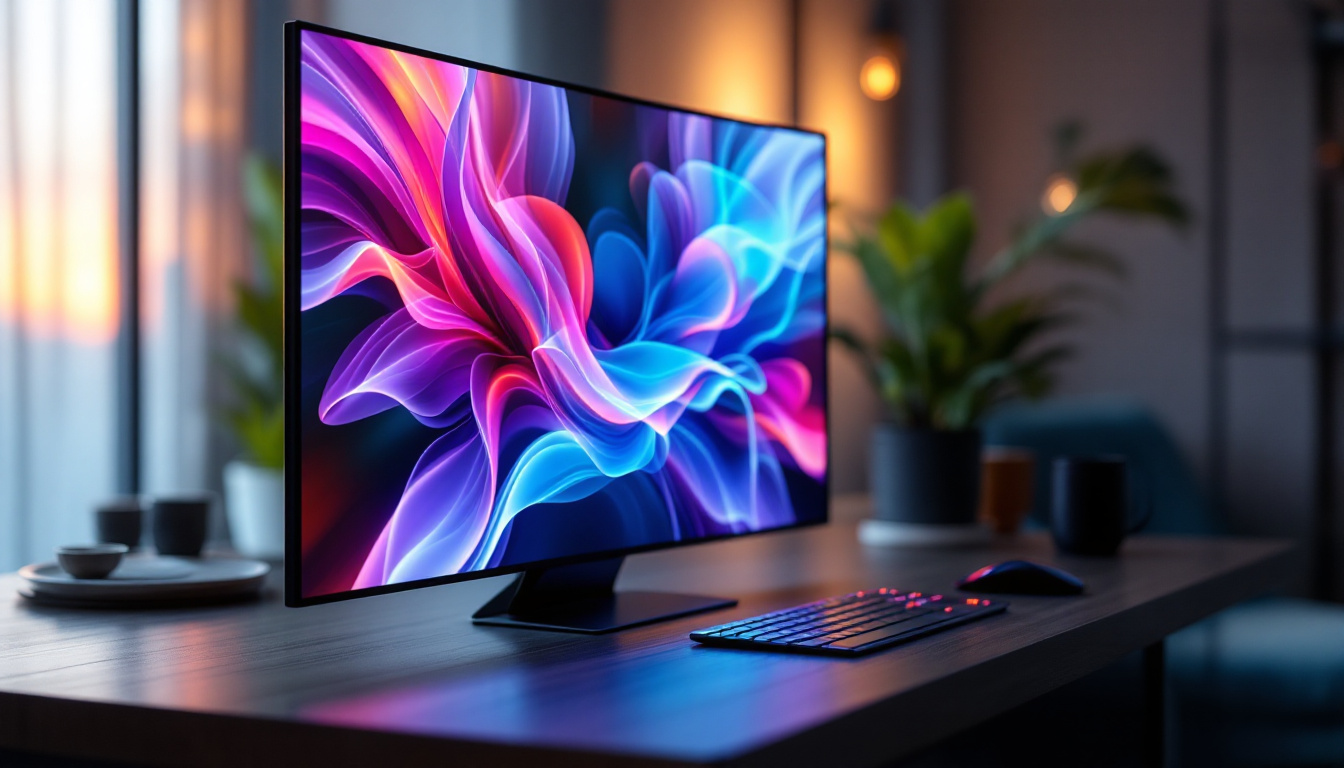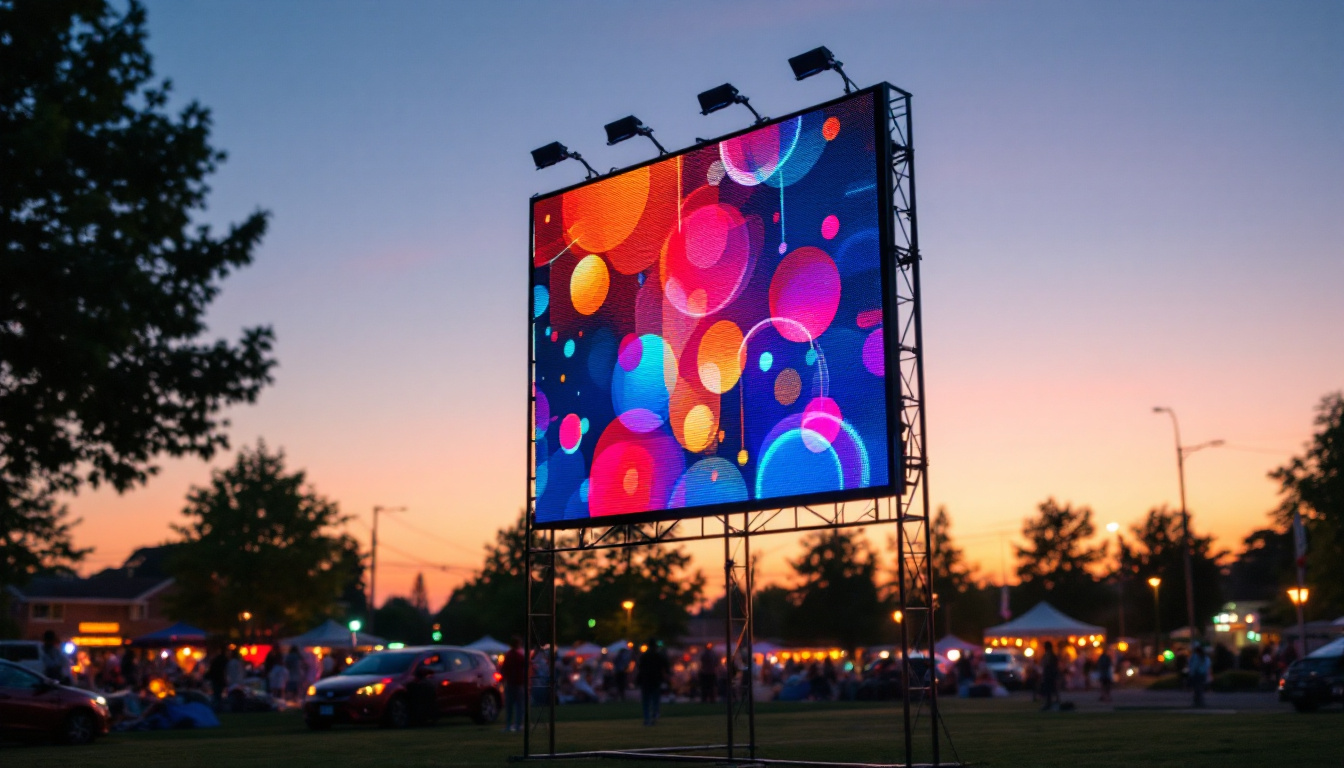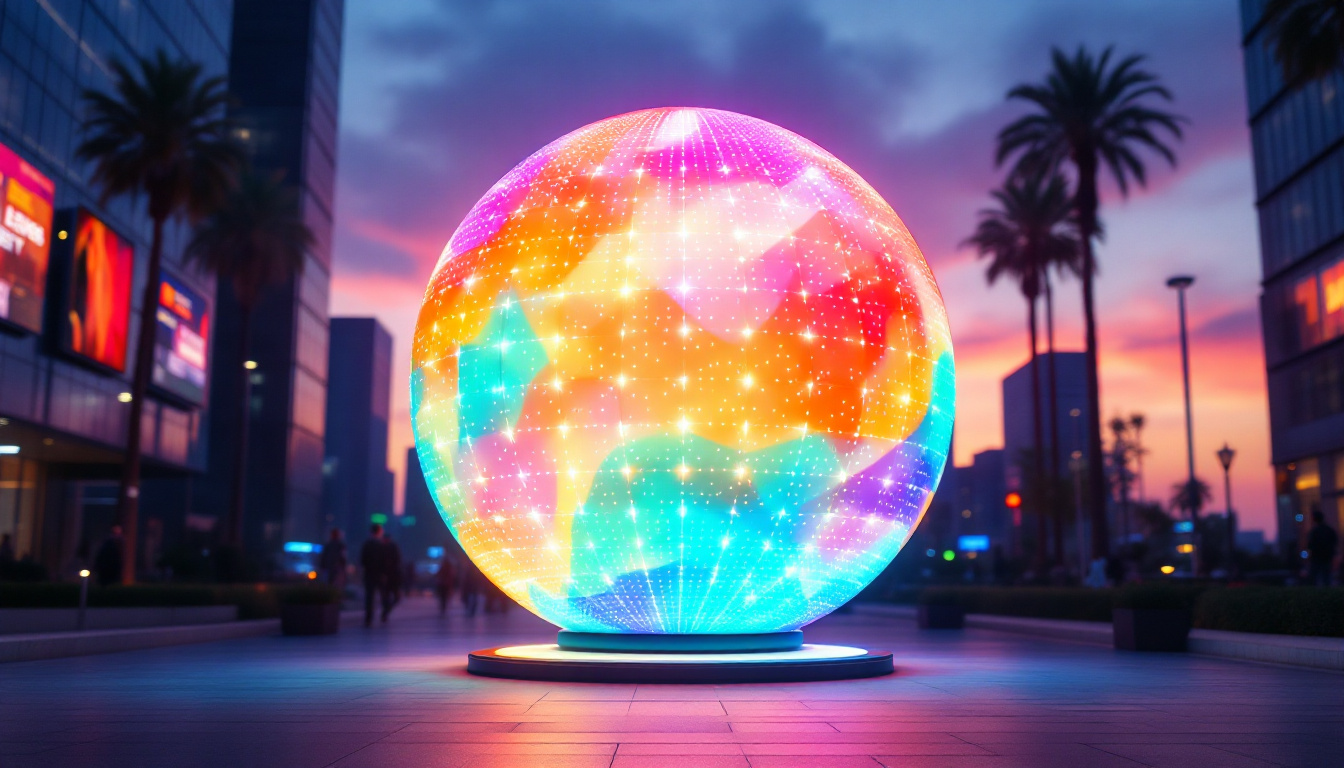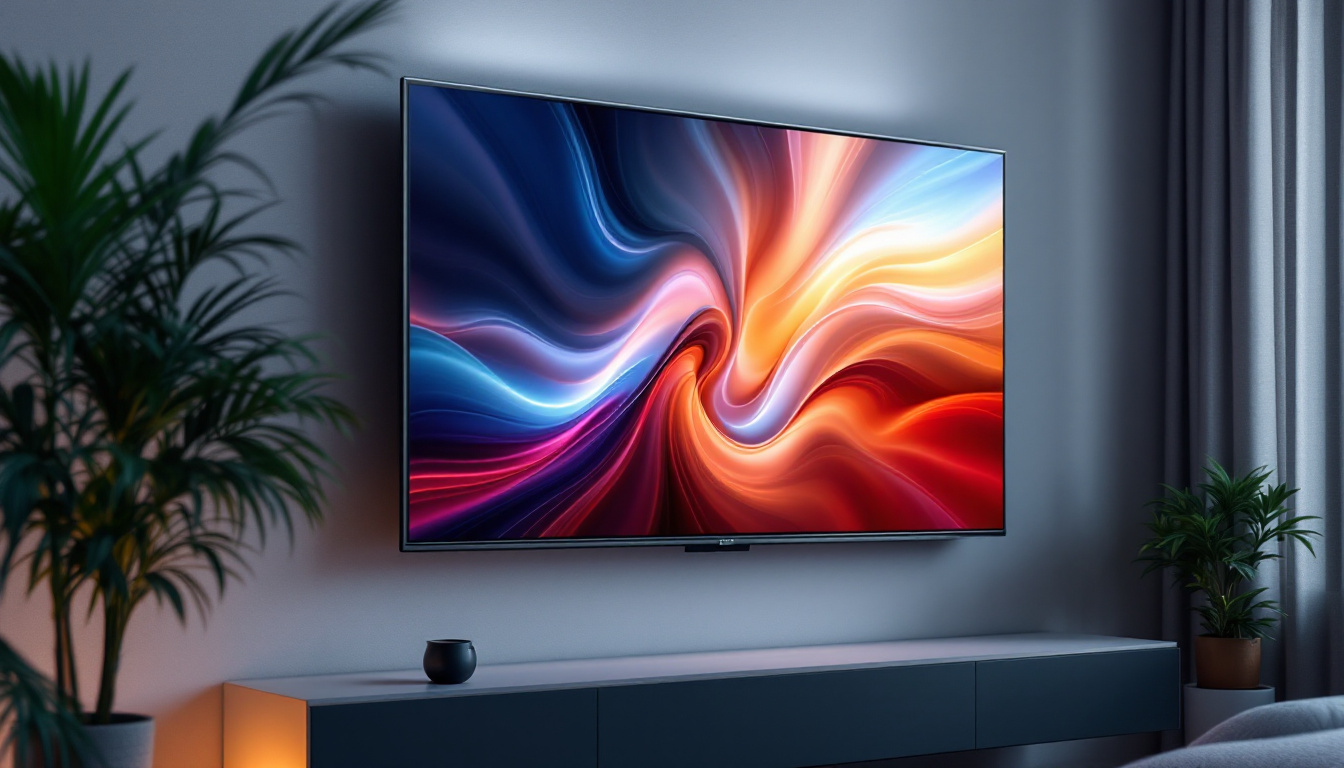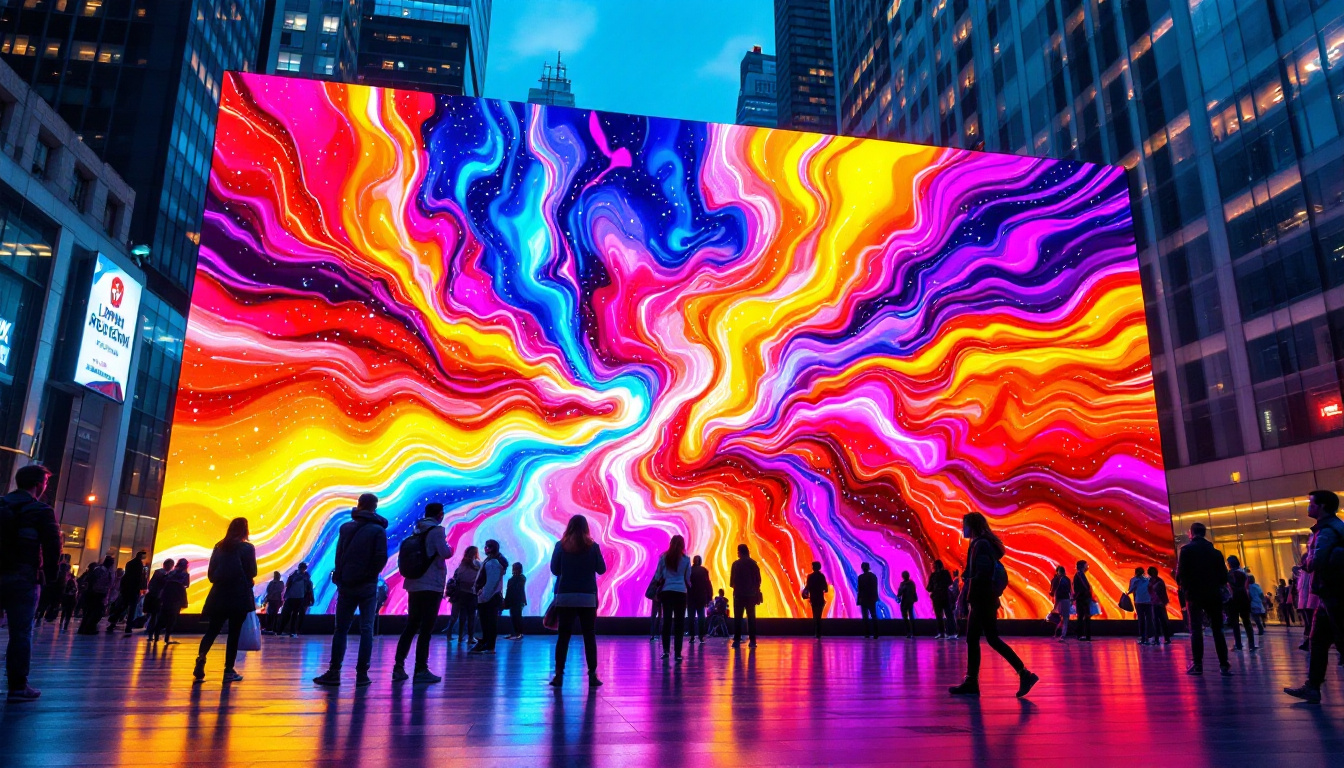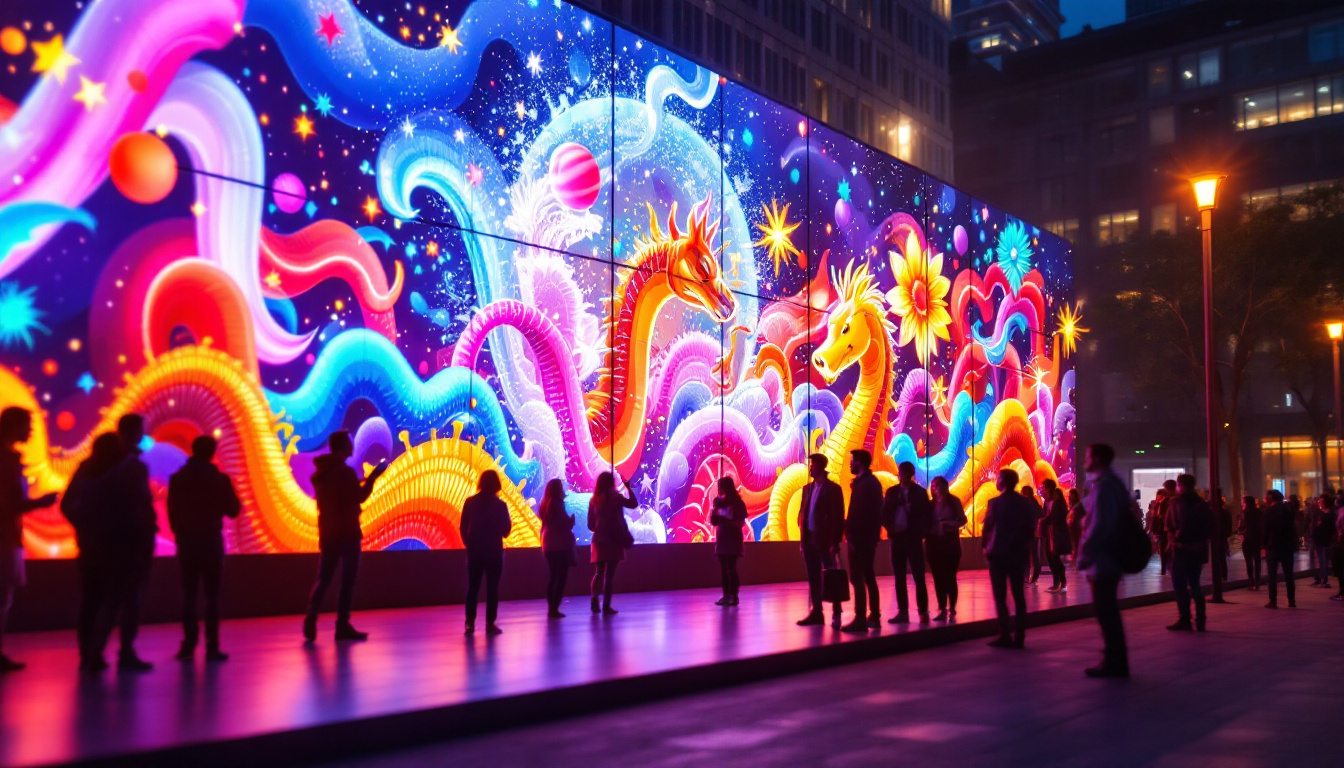In the modern world, the demand for high-quality visual displays has surged, leading to the rapid evolution of display technologies. Among these, LED (Light Emitting Diode) displays have emerged as a leading choice for various applications, from advertising billboards to televisions and computer monitors. This article delves into the intricacies of LED displays, exploring their technology, types, advantages, and the role of display manufacturers in this dynamic industry.
Understanding LED Technology
LED technology is based on the principle of electroluminescence, where certain materials emit light when an electric current passes through them. This technology has transformed the way displays are created and utilized, offering numerous benefits over traditional display technologies like LCD and CRT. The efficiency of LED lights not only reduces energy consumption but also extends the lifespan of the displays, making them a cost-effective choice in the long run. As a result, LED technology is increasingly being adopted in various sectors, from consumer electronics to large-scale advertising.
How LED Displays Work
At the core of an LED display are tiny semiconductor devices known as diodes. When electricity flows through these diodes, they emit light. Depending on the materials used, LEDs can produce various colors. In a typical RGB (Red, Green, Blue) LED display, clusters of red, green, and blue diodes work together to create a full spectrum of colors by adjusting the intensity of each color component. This ability to mix colors not only enhances the visual experience but also allows for dynamic content that can be changed easily, making LED displays highly versatile.
The arrangement of these diodes can vary significantly, leading to different types of LED displays, such as direct view and backlit displays. Direct view LED displays consist of individual diodes that form the image directly, while backlit LED displays utilize LEDs behind an LCD panel to illuminate the image. This distinction is crucial for understanding the applications of each type, as direct view displays are often preferred for large-scale installations where brightness and visibility are paramount, while backlit displays are commonly used in devices like televisions and computer monitors.
Types of LED Displays
LED displays come in several forms, each designed for specific applications. The most common types include:
- Indoor LED Displays: These displays are typically used in environments like shopping malls, conference rooms, and theaters. They offer high resolution and vibrant colors, making them ideal for close viewing. Their lightweight design and flexibility allow for creative installations, such as curved or modular screens that can adapt to different spaces.
- Outdoor LED Displays: Built to withstand harsh weather conditions, outdoor LED displays are often used for advertising billboards and sports arenas. They are designed for high brightness and durability, ensuring that the content remains visible even in direct sunlight. Additionally, many outdoor displays incorporate advanced technologies like automatic brightness adjustment, which optimizes visibility based on ambient light conditions.
- Transparent LED Displays: These innovative displays allow light to pass through, making them suitable for applications where visibility through the screen is essential, such as shop windows. By utilizing transparent LED technology, businesses can create eye-catching advertisements without obstructing the view of their products, effectively merging marketing with functionality.
Another emerging type of LED display is the flexible LED screen, which can be bent and shaped to fit unconventional surfaces. This adaptability opens up new possibilities for creative advertising and artistic installations, allowing designers to push the boundaries of traditional display formats. Furthermore, advancements in LED technology continue to evolve, with developments in microLED and OLED technologies promising even greater efficiency and image quality in the future.
Advantages of LED Displays
LED displays have gained popularity for a multitude of reasons. Their advantages over traditional display technologies contribute to their widespread adoption across various industries.
Energy Efficiency
One of the most significant benefits of LED displays is their energy efficiency. Compared to traditional display technologies, LEDs consume less power, which translates to lower electricity bills and a reduced carbon footprint. This makes them an environmentally friendly choice for businesses looking to minimize their impact on the planet.
Longevity and Durability
LED displays are known for their longevity. With a lifespan that can exceed 100,000 hours, they outlast many other display types. This durability is particularly advantageous for outdoor applications, where exposure to the elements can quickly degrade other display technologies. The robust nature of LED displays means less frequent replacements and lower maintenance costs.
High Brightness and Contrast
LED displays are capable of achieving high brightness levels, making them suitable for both indoor and outdoor use. This brightness, combined with excellent contrast ratios, ensures that images and videos are vibrant and easily viewable in various lighting conditions. As a result, LED displays are often preferred for advertising and entertainment purposes where visibility is crucial.
The Role of Display Manufacturers
Display manufacturers play a pivotal role in the development, production, and distribution of LED displays. Their expertise and innovation drive the industry forward, ensuring that consumers have access to the latest technologies and features.
Innovation and Research
Leading display manufacturers invest heavily in research and development to stay ahead of the competition. This focus on innovation leads to the creation of new display technologies, such as microLED and OLED, which offer even greater performance and flexibility. By continually pushing the boundaries of what is possible, these manufacturers help shape the future of visual displays.
Quality Control and Standards
Quality control is paramount in the manufacturing process of LED displays. Reputable manufacturers adhere to strict standards to ensure that their products meet performance and safety requirements. This commitment to quality not only enhances the reliability of their displays but also builds trust with consumers and businesses alike.
Customization and Solutions
Display manufacturers often provide customized solutions to meet the specific needs of their clients. Whether it’s designing a unique display for a corporate event or creating large-scale installations for public spaces, manufacturers work closely with clients to deliver tailored products that fit their requirements. This level of customization is a significant advantage in today’s diverse market.
Applications of LED Displays
The versatility of LED displays allows them to be utilized in a wide range of applications. From entertainment to information dissemination, these displays serve various purposes across different sectors.
Advertising and Marketing
One of the most prominent applications of LED displays is in advertising. Billboards and digital signage equipped with LED technology capture attention with their bright colors and dynamic content. Advertisers can easily change messages and promotions in real-time, making LED displays an effective tool for engaging consumers.
Entertainment and Events
In the entertainment industry, LED displays are used in concerts, festivals, and sporting events to enhance the visual experience. Large-scale LED screens provide audiences with clear visuals, adding excitement to performances and broadcasts. Additionally, LED displays are often employed in theaters and cinemas for previews and advertisements.
Information and Wayfinding
LED displays are also utilized for information dissemination in public spaces. Airports, train stations, and shopping malls use LED screens to provide real-time updates, wayfinding information, and promotional content. Their ability to display clear, concise information makes them an essential tool for enhancing customer experience in various environments.
Challenges in LED Display Manufacturing
Despite the numerous advantages of LED displays, manufacturers face several challenges in the production process. Addressing these challenges is crucial for maintaining quality and meeting market demands.
Cost of Production
The initial cost of producing high-quality LED displays can be significant. Advanced manufacturing techniques and materials are required to ensure optimal performance, which can drive up costs. Manufacturers must balance these production costs with competitive pricing to remain viable in the market.
Technological Advancements
As technology continues to evolve, manufacturers must keep pace with the latest advancements to stay relevant. This requires ongoing investment in research and development, as well as the ability to adapt quickly to changing market trends. Failure to innovate can result in losing market share to more forward-thinking competitors.
Environmental Concerns
With the growing emphasis on sustainability, manufacturers are under pressure to adopt environmentally friendly practices. This includes reducing waste during production, using recyclable materials, and ensuring that end-of-life displays are disposed of responsibly. Meeting these environmental standards is essential for maintaining a positive brand image and attracting eco-conscious consumers.
The Future of LED Displays
The future of LED displays looks promising, with ongoing advancements expected to enhance their capabilities further. Emerging technologies, such as microLED and flexible displays, are set to revolutionize the industry, offering even greater versatility and performance.
MicroLED Technology
MicroLED technology represents a significant leap forward in display technology. By utilizing microscopic LEDs, these displays can achieve higher resolutions and better color accuracy than traditional LED displays. MicroLEDs also offer improved energy efficiency and longer lifespans, making them an attractive option for both consumers and manufacturers.
Flexible and Curved Displays
Flexible LED displays are gaining traction, allowing for innovative designs and applications. These displays can be bent or shaped to fit various surfaces, opening up new possibilities for product design and installation. Curved displays, in particular, are becoming popular in retail and entertainment settings, providing immersive experiences that engage viewers.
Integration with Smart Technologies
As the world becomes increasingly connected, the integration of LED displays with smart technologies is on the rise. This includes the ability to connect displays to the internet for real-time content updates, as well as incorporating sensors and interactivity. Such advancements will enhance the functionality of LED displays, making them even more valuable in various applications.
Conclusion
LED displays have transformed the landscape of visual technology, offering numerous advantages that cater to a wide range of applications. As display manufacturers continue to innovate and address challenges, the future of LED displays promises to be bright. With advancements in technology and a focus on sustainability, LED displays will remain a vital component of our visual experiences for years to come.
Understanding the intricacies of LED displays and the role of manufacturers in this industry is essential for anyone looking to leverage this technology effectively. Whether for advertising, entertainment, or information dissemination, LED displays are poised to play an increasingly significant role in our daily lives.
Explore Cutting-Edge LED Display Solutions with LumenMatrix
Ready to elevate your visual experience with the latest in LED display technology? LumenMatrix is at the forefront of innovation, offering a wide array of LED display solutions tailored to your needs. From vibrant Indoor and Outdoor LED Wall Displays to dynamic Vehicle and Sports LED Displays, each product is designed to captivate and engage your audience. Discover the possibilities with our LED Poster, Floor, Custom, All-in-One, and Transparent Displays. Embrace the future of visual communication and make your brand stand out. Check out LumenMatrix LED Display Solutions today and transform your space into a mesmerizing visual journey.

